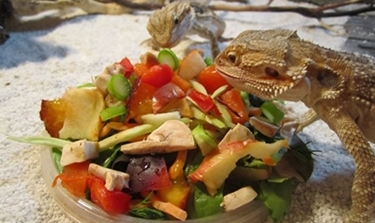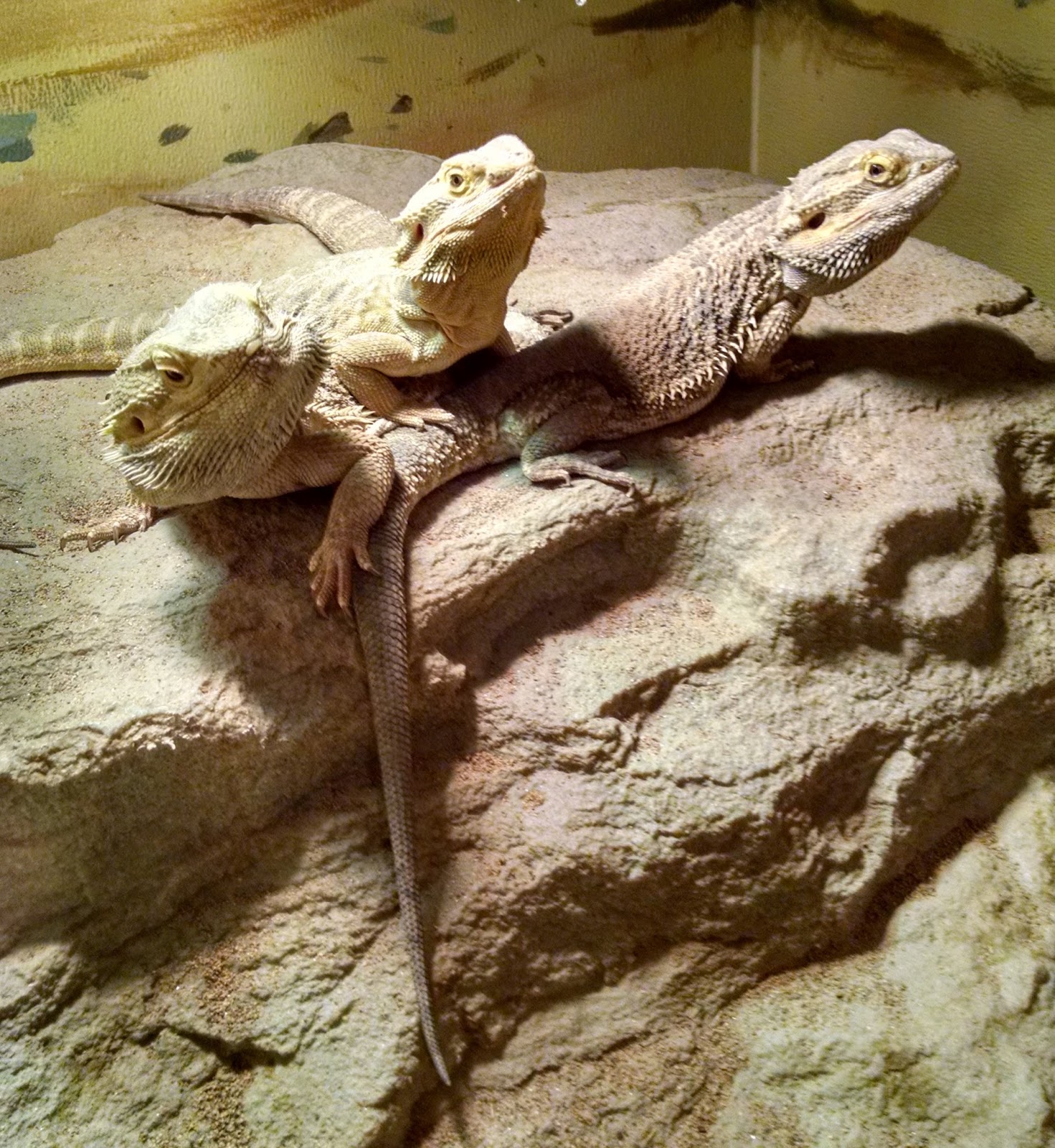Creating the Perfect Bearded Dragon Habitat - Your Guide to Understanding Your Pet's Needs
Introduction: Understanding Your Bearded Dragon’s Needs
Bearded dragons are a great pet option for those looking for a low-maintenance and friendly reptile companion. However, creating the perfect habitat for your bearded dragon is crucial to its health and well-being. While they may not require the same level of attention as a dog or cat, there are still some important factors to consider when providing a suitable environment for your bearded dragon. In this beginner’s guide, we will provide you with everything you need to know about your bearded dragon’s habitat needs.
Dimensions and Space Requirements
Firstly, it’s important to consider the size of your bearded dragon’s enclosure. Bearded dragons need plenty of space to move around and explore their surroundings. The minimum recommended size for a single adult bearded dragon is 40-gallon enclosure (36”W x 18”D x 18”H), but it’s always better to go larger if possible. The enclosure should provide at least two square feet of space for every adult bearded dragon. Keep in mind that bearded dragons grow quite large, so it’s important to give them enough room to move comfortably, climb and jump.

Lighting and Temperature
Bearded dragons are native to hot, arid regions and require a specific temperature range to stay healthy. The basking area should be around 100°F-110°F. The cool side of the enclosure should be around 75°F-85°F. In addition, bearded dragons need UVB light to properly absorb calcium and prevent metabolic bone disease. A UVB light should be provided for 10-12 hours per day, and it’s important to replace the bulb every 6-12 months as the UVB output decreases over time.

Substrate and Decor
When it comes to substrate, avoid small particles like sand, wood shavings or pellets as it can cause impaction if ingested. Paper towels or reptile carpet are safe substrate choices. As for decor and furniture, a combination of rocks, branches and hides should be provided for your bearded dragon to climb, bask, hide and explore. make sure that the decor you provide is easy to clean, and arrange everything in a way that creates different levels within the cage.

Diet and Water
Bearded dragons are omnivores, which means they need a diet consisting of both insects and vegetables. For adult bearded dragons, the diet should consist of about 80% vegetables and 20% insects. Insects like crickets, roaches or mealworms should be fed no more than once a day, while vegetables like kale, collard greens or butternut squash should be available at all times. Clean, fresh water should be provided in a shallow dish or a water dripper.

Maintenance and Health Care
Maintaining a clean bearded dragon habitat is crucial to your pet’s health. Spot clean daily, removing any leftover food and waste, and do a thorough cleaning once a month. Keep the enclosure as dry as possible by removing any wet spots and avoiding substrate like sand or loose soil. As for health care, regular vet checkups and parasite testing are recommended to ensure your bearded dragon is healthy and parasite-free. Lastly, make sure that you are washing your hands before and after handling your dragon, and avoid any cross-contamination between pets.

Conclusion
In conclusion, bearded dragons are great pets, but it’s important to take their habitat needs seriously. A comfortable and healthy environment for your bearded dragon starts with the proper enclosure size, temperature, lighting, and diet. Providing a clean and stimulating home for your bearded dragon is necessary for maintaining their health and happiness. Now that you have a better understanding of your bearded dragon habitat needs, you’ll be ready to provide the best possible care for your pet.
